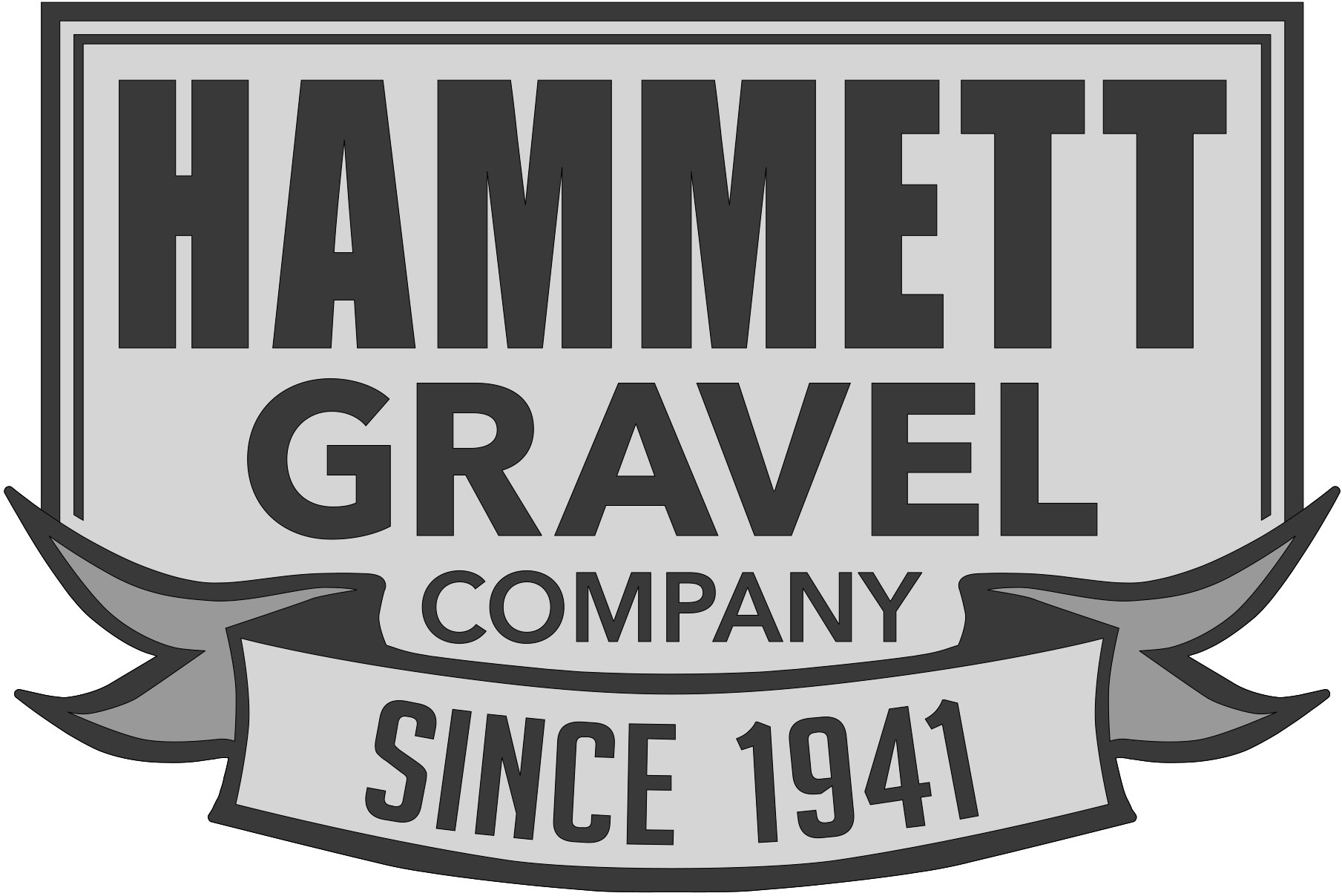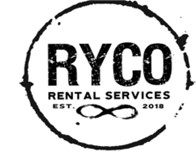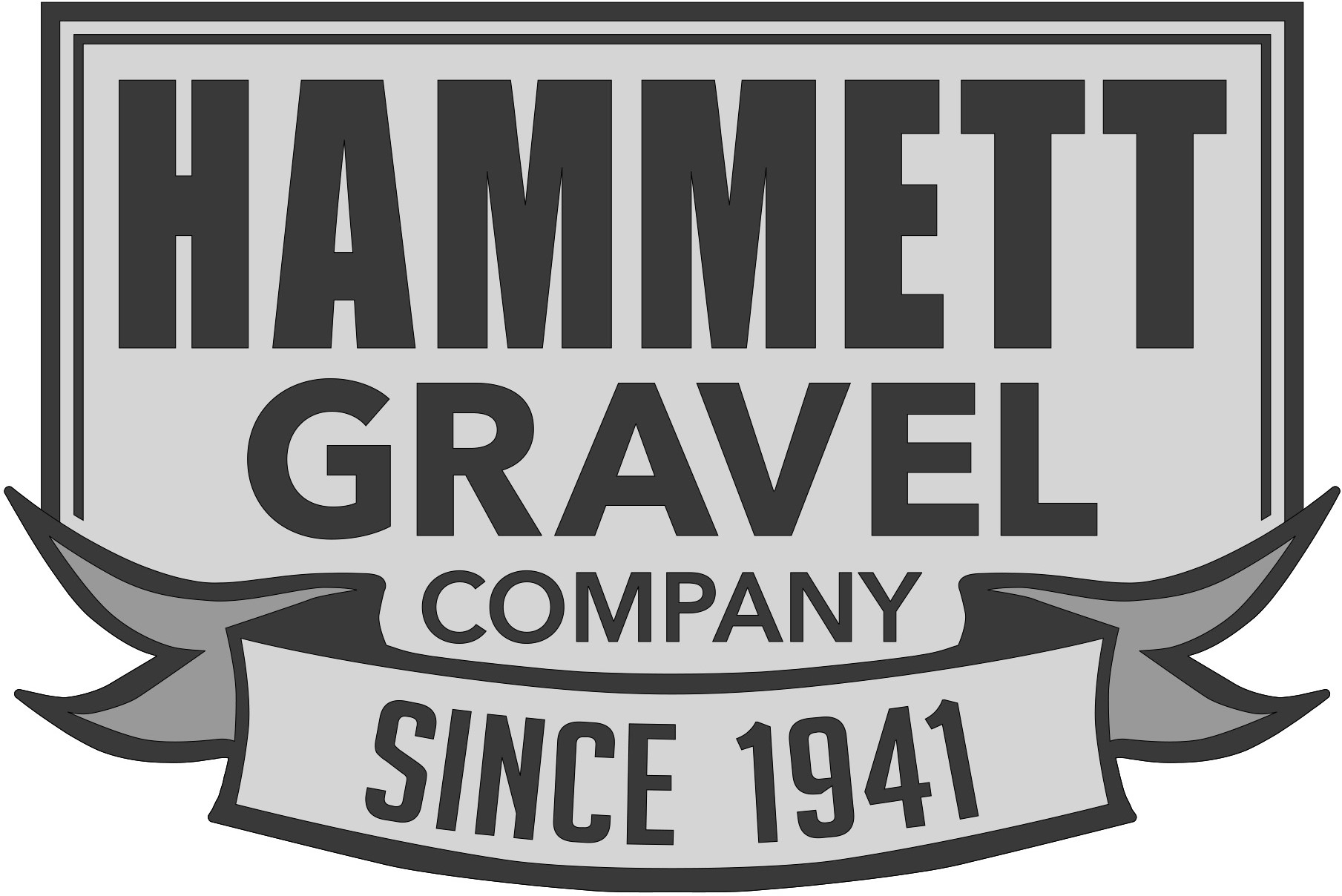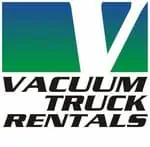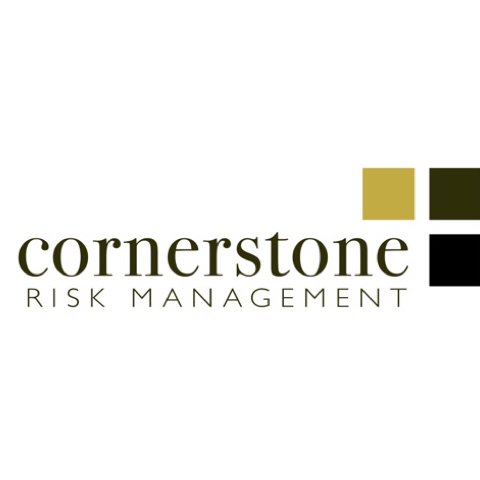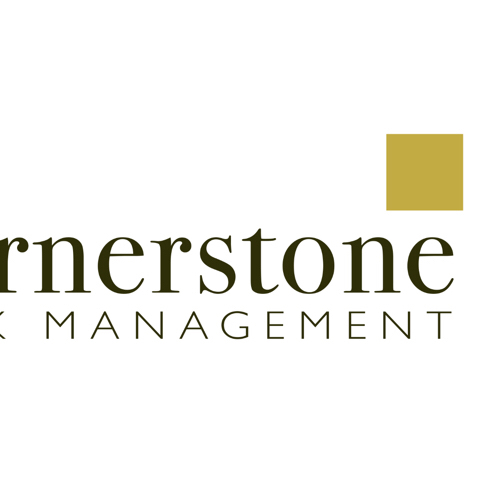Information
-
Client / Site
-
Audit Title
-
Conducted on
-
Location
-
Personnel
-
Prepared by
-
Document No.
PART 47: HAZCOM
-
All containers of hazardous materials must be properly labeled
-
Must have an SDS for each hazardous chemical produced or used
-
SDS must be kept onsite or readily available to miners in an emergency
-
Must retain SDS as long as hazardous chemical is at the mine, and must notify miners at least 3 months before disposing of the MSDS
-
Miners must receive Hazcom training
-
Develop, implement, and maintain a written Hazcom program per section 47.32
PART 56B: GROUND CONTROL
-
Must maintain wall, bank, and slope stability in places where persons work or travel
-
Must correct fall-of-material hazards at or near the perimeter of the pit wall; loose or unconsolidated material must be sloped or stripped at least 10' from top of pit wall
-
Ground conditions that create hazards must be corrected before work or travel allowed; until corrected, area must be posted w/warning signs and barriered
-
An experienced person must examine ground conditions prior to beginning work, after blasting, and as ground conditions warrant
-
Scaling must be performed in an area that does not expose persons to injury from falling material
-
Persons shall not work between machinery/equipment and the highwall or bank (where escape from falls/slides would be hindered)
PART 56C: FIRE PREVENTION & CONTROL
-
No smoking or use of flame allowed where flammable or combustible liquids, greases, or gases are used, stored, or handled
-
Flammable liquid spillage or leakage must be timely removed to prevent a fire hazard
-
Engines must be switched off prior to refueling (N/A to diesel-powered equipment)
-
Until disposed, flammable waste & rags shall be placed in covered metal containers
-
No combustible materials shall be stored or accumulate within 25' of electric substations, flammable liquid storage tanks, or any containers storing over 60 gals of flammable liquids
-
Each mine site shall have onsite fire fighting equipment, strategically located, readily accessible, plainly marked, maintained in fire-ready condition
-
Fire extinguishers shall be visually inspected at least once per month, and professionally maintained at least once per year
-
Certified records of each inspection shall be maintained for one year or until retested
-
Fire extinguishers shall be recharged or replaced promptly after any discharge
-
A fire extinguisher shall be provided on self-propelled equipment (or within 100' if fire would not impede escape)
-
Fixed, flammable liquid storage tanks shall be securely mounted on firm foundations
-
Small quantities of flammable liquids shall be kept in safety cans labeled with its contents
-
Storage tanks (including piping, valves, fittings) for flammable liquids shall be capable of withstanding pressures, maintained to prevent leakage, isolated from ignition sources, and properly vented
-
When welding or cutting, an appropriately rated fire extinguisher shall be at the work site
-
Oxygen cylinders shall not be stored in areas designated for storage of flammable liquids
-
Keep gauges and regulators used with oxygen and acetylene cylinders clean and free from oil and grease
-
Valves on oxygen and acetylene cylinders shall be closed when: moved, torch/hoses left unattended, or task is completed
-
Take proper precautions before welding, cutting, or applying heat to pipelines/containers with flammable liquids, gases, or explosive solids
PART 56D: AIR QUALITY
-
Conduct dust, gas, mist, and fume surveys as frequently as necessary to determine adequacy of control measures
-
Control exposure of employees to airborne contaminants (prevention, control measures, respirators, etc.)
PART 56H: LOADING, HAULING, DUMPING
-
Persons shall not get on or off moving mobile equipment
-
Establish and follow rules about speed, ROW, direction of movement, and headlight use; place signs/signals warning of hazardous conditions at appropriate locations
-
Operators of equipment must maintain control while in motion and use safe operating speeds
-
Persons shall not be transported on forks, buckets, beds, top of loads, in overcrowded equipment, or on equip where materials/equip are not secured
-
Equipment/supplies shall be loaded, transported, unloaded in manner to not create a hazard to persons from falling/shifting equipment or supplies
-
Provide berms/guardrails on banks of roadways where a drop-off danger exists
-
Where restricted clearance creates a hazard for equip operators, install advance warning devices and conspicuously mark the restricted area
-
Remove water, debris, or spilled material on roadways that creates hazards to operating equipment
-
Control dust where impaired visibility hazards would exist
-
Persons shall not pass under suspended loads
PART 56J: TRAVELWAYS
-
Provide and maintain safe access to all working places
-
Provide handrails and maintain in good condition all stairways and elevated walkways and ramps
-
Ladders shall be of substantial construction and maintained in good condition
-
Portable rigid ladders shall be securely placed and have suitable bases
-
Fixed ladders shall be anchored securely and installed to provide at least 3' of toe clearance
-
Fixed ladders shall project at least 3' above landings (or substantial handholds provided above the landings)
-
Wooden components of ladders shall not be painted (except with a transparent finish)
-
Restricted clearances shall be conspicuously marked
-
Inclined railed walkways shall be nonskid or provided with cleats
-
Vertical clearance over stair steps shall be 7' minimum (or suitable warnings posted indicating an impaired clearance)
-
Persons using ladders shall face the ladder and have both hands free for climbing/descending
-
Openings above/below/near travelways shall be protected by railings, barriers or covers (or if impractical, adequate warning signals are required)
-
Reguarly used walkways/travelways shall be sanded, salted, or cleared of snow and ice as soon as practicable
-
Fixed ladders shall not incline backwards
-
Scaffolds and working platforms shall be of substantial construction and have handrails; floor boards shall be properly placed and not overloaded
PART 56K: ELECTRICITY
-
Electric equipment and circuits must have approved switches or controls and be of approved design and properly installed
-
Mobile equipment shall not run over power conductors, nor shall loads be dragged over conductors (unless bridged or protected)
-
Distribution boxes shall be provided with a disconnect device for each branch circuit, designed so visual observation shows when circuit is denergized, and box labeled to show which circuit each device controls
-
Where power wires/cables pass into compartments, they shall be adequately insulated, use only proper fittings (or insulated bushings for insulated wires other than cables)
-
Permanent splices and repairs made to power cables shall be as near as possible to the original as to mechanical strength, insulated, and damage protection
-
Energized power cables in excess of 150 volts shall not be moved unless suitable, insulated protection is provided
-
Electrically powered equipment shall be deenergized before mechanical work is done: power switches locked out, warning notices posted and signed, locks or preventative devices
-
Power circuits shall be deenergized before work is done, suitable warning signs posted, switches locked out, locks or preventative devices used
-
Principal power switches shall be labeled to show which units they control
-
Suitable clearance shall be provided at stationary electrical equipment or switchgear
-
Danger signs shall be posted at all major electrical installations
-
Areas of major electrical installations shall only be entered by authorized persons
-
Electrical connections that are difficult or impractical to insulate shall be guarded
-
Continuity and resistance of grounding systems shall be tested immediately after installation, repair, modification, and annually thereafter; make records available for the inspector upon request
-
Keep inspection and cover plates on electrical equipment and junction boxes in place at all times (except during testing or repairs)
-
Portable lights that pose a shock or burn hazard shall be guarded
-
Operating controls shall be installed so they can be operated without danger of contact with energized conductors
-
Switches and starting boxes shall be of safe design and capacity
PART 56M: MACHINERY
-
ROPS and seat belts shall be installed on: crawler tractors & loaders, graders, wheel loaders & tractors, skid-steer loaders, agri. Tractors, & tractor portion of semi-mounted scrapers/dumpers/water wagons
-
ROPS shall be maintained to meet the mfr performance requirements; if subjected to rollover, shall be re-certified prior to re-use; alterations or repairs only by mfr or authorized engr & shall be recertified
-
Seat belts shall be worn by the equipment operator
-
Seat belts shall be maintained in functional condition, and replaced when necessary to assure proper performance
-
Manually-operated horns or other audible warning devices on self-propelled equip shall be maintained in functional condition
-
Before starting crushers or moving self-propelled mobile equip, operators shall sound a warning audible above the surrounding noise level or use other means to warn all persons exposed to a hazard
-
Before starting a conveyor, operator shall visually check to make sure all persons are in the clear (if entire conveyor visible to operator) or shall make audible/visible warning and start conveyor within 30 seconds
-
Pulleys of conveyors shall not be cleaned manually while the conveyor is in motion
-
Machinery or equip shall not be lubricated manually while in motion where application of lubrication may expose persons to injury
-
Machinery, equip, and tools shall not be used beyond the design capacity intended by mfr where such use may create a hazard to persons
-
When moving mobile equip, booms/forks/bucks/beds/similar movable parts shall be positioned in travel mode and, if required for safe travel, mechancially secured
-
When mobile equip is unattended or not in use, dippers/buckets/scraper blades shall be lowered to the ground; other movable parts (i.e. booms) shall be mechanically secured or positioned to prevent movement
-
Mobile equip shall not be left unattended unless controls are placed in park and parking brake is set; when parked on a grade, wheels or tracks shall be either chocked or turned into a bank
-
Operator shall conduct pre-shift inspection prior to using mobile equipment; note any safety defects; report and record defects and if any hazards, take out of service
-
Mobile equipment shall have functioning brakes and parking brakes
-
Windows on equipment shall be safety glass and maintained to provide visibility for safe operation
-
Equipment operator's station shall be free of mat'ls that could impair the safe operation of the equipment, and not modified in a manner that obscures visibility
-
Only perform repairs/maintenance on machinery or equipment after power is off and equipment is blocked against hazardous motion
-
Moving machine parts shall be guarded to protect persons from contacting gears, sprockets, chains, pulleys, flywheels, couplings, shafts, fan blades, and similar moving parts
-
No guards are required where the exposed moving parts are at least 7' away from walking or working surfaces
-
Overhead drive belts shall be guarded to contain the whipping action of a broken belt
-
Equip unguarded conveyors next to travelways with emergency stop devices or with railings to prevent persons from falling on/against conveyor, that withstand vibration/shock/wear, and constructed/maintained to not create a hazard.
-
Provide guards, shields, or other devices to protect persons from flying or falling materials from operations of screens/crushers/conveyors
-
Guards shall be constructed/maintained to withstand vibration/shock/wear during normal operation, not create a hazard, be securely in place when operated (except when testing/adjusting)
-
Backstops or brakes shall be installed on inclined conveyors to prevent the conveyor from running in reverse and creating a hazard to persons
-
A manual master quick-close air valve shall be installed on all pneumatic-powered equipment; the valve shall be closed except when the equipment is being operated
-
Stationary grinding machines shall be equipped with: peripheral hoods, adjustable tool rests not farther than 1/8" from the grinding surface, and a safety washer on each side of the wheel
-
Hand held power tools (drills, sanders, grinders, etc.) shall have controls that require constant hand or finger pressure, and not be equipped with lock-on operating controls
PART 56N: PERSONAL PROTECTION
-
Adequate first-aid materials, including stretchers and blankets, shall be provided at places convenient to all working areas; water or neutralizing agents shall be avail where chemicals are stored/handled/used
-
All persons shall wear suitable hard hats when in or around a mine or plant
-
All persons shall wear ANSI Class II Vests when in or around the mine.
-
All persons shall wear suitable protective footwear when in or around a mine
-
All persons shall wear safety glasses, goggles, or face shields when in or around a mine
-
Safety belts and lines shall be worn when persons work where there is danger of falling; a second person shall tend the lifeline when bins/tanks/other dangerous areas are entered
-
Special protective equip and clothing shall be provided & maintained in sanitary & reliable condition and used whenever chemical/environmental/radiological/mechanical irritants are encountered
-
Protective clothing or equip and face shields or goggles shall be worn when welding, cutting, or working with molten metal
-
Face shields or goggles in good condition shall be worn when operating a grinding wheel
-
Life jackets or belts shall be worn where there is a danger from falling into water
PART 56O: MATERIALS STORAGE & HANDLING
-
Supplies shall not be stacked or stored in a manner which creates tripping or fall-of-material hazards
-
Equip bins, hoppers, silos, tanks, and surge piles with effective means to handle materials so that during normal operations persons are not required to enter or work where exposed to entrapment by caving or sliding of materials
-
Equip bins, hoppers, silos, tanks, and surge piles with supply & discharge operating controls, located so spills/overruns will not endanger persons
-
Provide suitable walkways or passageways where persons are required to move around or over bins, hoppers, silos, tanks, or surge piles.
-
Where persons are required to enter bins, hoppers, silos, or tanks for maintenance or inspection purposes, ladders, platforms, or staging shall be provided. No person shall enter until supply & discharge have ceased and the equipment is locked out. Persons entering shall wear a safety belt or harness with liefline. A second person shall be statined near lifeline is fastened to constantly adjust it with minimum slack.
-
Materials that can create hazards if accidentally liberated from their containers shall be stored in a manner that minimizes the dangers
-
Containers holding hazardous materials must be of an approved type
-
Valves on compressed gas cylinders shall be protected by covers when being transported or stored, and by a safe location when the cylinders are in use
-
Compressed and liquid gas cylinders shall be secured in a safe manner
-
Taglines shall be attached to loads that may require steadying or guidance while suspended; hitches & slings used to hoist materials shall be suitable for the particular material handled
-
Persons shall stay clear of suspended loads
-
Material shall not be dropped from an overhead elevation until the drop area is first cleared of personnel and the area is either guarded or suitable warning is given
-
Persons shall not ride on loads being moved by cranes or derricks, nor shall they ride the hoisting hooks
-
Chemical substances shall be stored to prevent inadvertent contact with each other or with other substances, where such contact could cause a violent reaction or release of harmful fumes/gases
PART 56Q: SAFETY PROGRAMS
-
A competent person designated by operator shall examine each working place at least once each shift for unsafe or hazardous conditions; operator shall promply initiate action to correct such conditions
-
A record that such exams were conducted shall be kept by the operator for one year and made available for review by MSHA
-
Conditions that may present imminent danger shall be brought to the immediate attention of the operator who shall withdraw all persons from the area affected until the danger is abated
-
New employees shall be indoctrinated in safety rules and safe work procedures
-
When persons are working at a mine, a competent person designated by the mine operator shall be in attendance to take charge in case of an emergency
-
An individual capable of providing first aid shall be available on all shifts; first aid training shall be made available to all interested miners
-
Emergency phone numbers shall be posted at appropriate telephones
-
A suitable communication system shall be provided at the mine to obtain assistance in the event of an emergency
-
Arrangements shall be made in advance for obtaining emergency medical assistance and transportation for injured persons
-
No employee shall be assigned/allowed/required to perform work alone in an area where hazardous conditions exist unless he can communicate with others, can be heard, or can be seen
Pictures
-
Add media
-
Pictures
-
pictures
